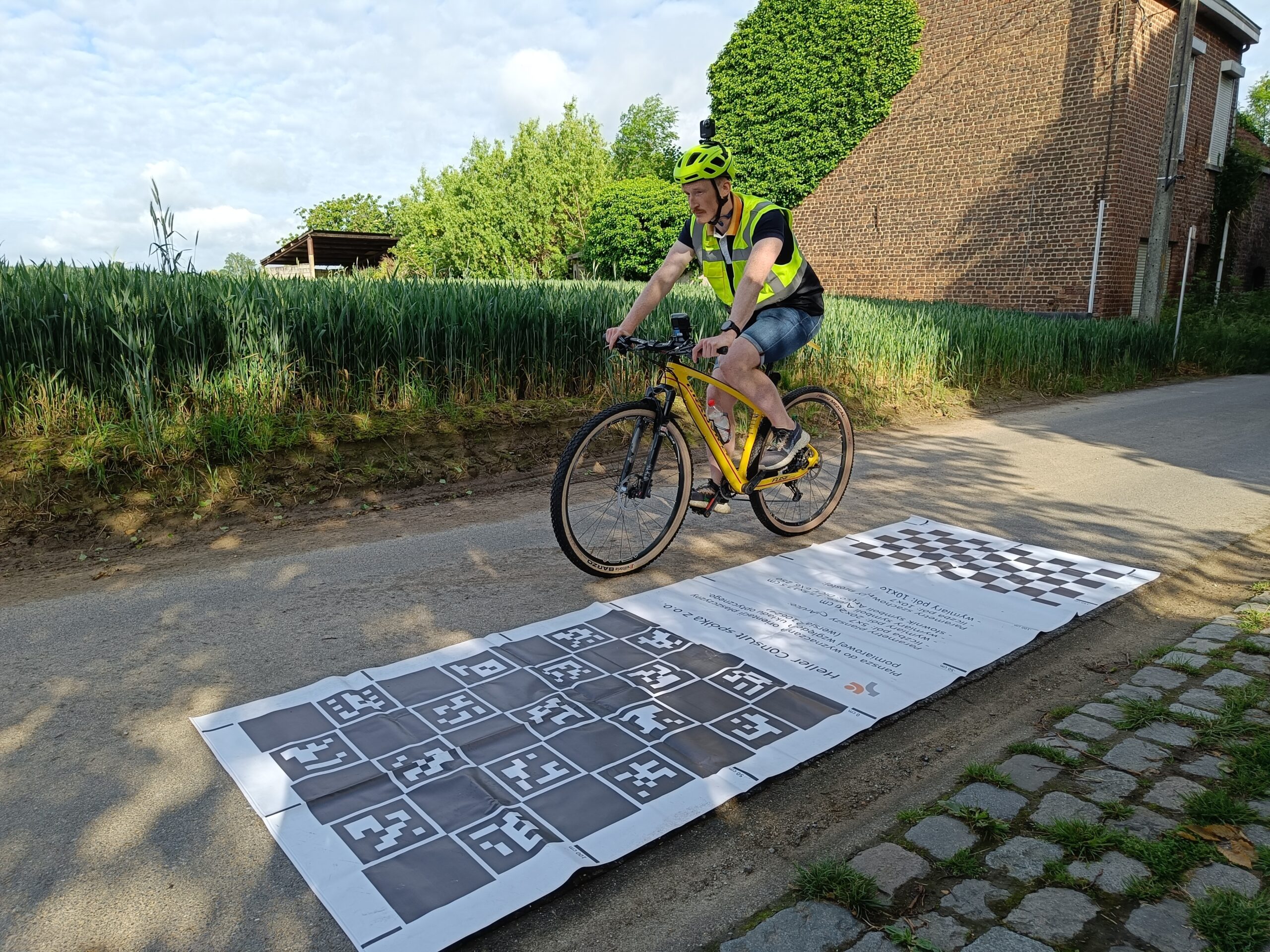In recent years, together with the increase in cycling traffic the awareness of cycling users and consequently their expectations concerning the quality of cycling infrastructure has been growing. Users more and more often pay attention to the type and condition of the surface on which they cycle. Greater needs of users concerning comfort of cycling are also perceived by decision makers in Europe, who put more and more emphasis on the improvement in the condition of cycling infrastructure. One of the factors proving the high quality of cycling infrastructure is its appropriate maintenance. Diagnosis of cycling pavements is an important element of their correct maintenance. However, as opposed to diagnostics of the condition of road surfaces for two-wheel vehicles, for roads for single-wheelers there are still no uniform diagnostic guidelines not only in Poland, but also at the level of the European Union. The parameters of the surface of roads for bicycles and the way in which they should be determined are still not standardised. The Belgian Road Research Centre (BRRC) in its two year project ‘Surface Characteristics of Bicycle Lanes’ (Bicycle Road Surface) is an example of a standardisation of the road surface. ‘Surface Characteristics of Bicycle Lanes’ (SuChar-BiLan)) decided to bring together currently used approaches and methods for the diagnosis of cycle routes in order to help develop European standards for the diagnosis of cycle routes. You can read more about the project in the article Belgian pre-normative research project SuChar-BiLan on surface monitoring of bicycle lanes.
Measurements with use of the ASPEN system
At BRRC’s invitation, we were pleased to present our approach to bicycle road diagnostics, namely the use of the ASPEN system. Our colleagues, Adrian and Peter, traveled to Belgium to demonstrate the operation of our system by collecting pavement data using smartphones and by capturing images using additional cameras on specially prepared two test tracks. Proof of the versatility of our solution was the collection of pavement data from smartphones mounted on two different unicycles – a bicycle and an electric scooter. The result of our work was a complete survey infrastructure information consisting of:
- a simplified and detailed visual assessment of the bicycle surface,
- determination of the type of bicycle pavement,
- calculation of indicators of longitudinal unevenness and riding discomfort,
- anonymized images from the front camera and 360 camera of the test tracks.
All of our work was presented in the OnKo3 results sharing system in profiles, maps, tables and photos.

Achievements to date
The ASPEN system, supported by the European Space Agency, has already been successfully implemented in Germany and Poland. The SuChar-BiLan project is another step in our mission to create safer and more accessible bicycle infrastructure. We are proud to contribute to the improvement of bicycle infrastructure by combining advanced technologies with a practical approach to research.

